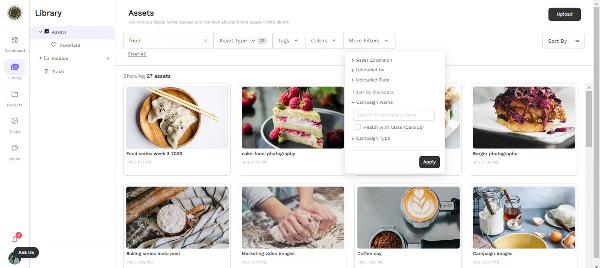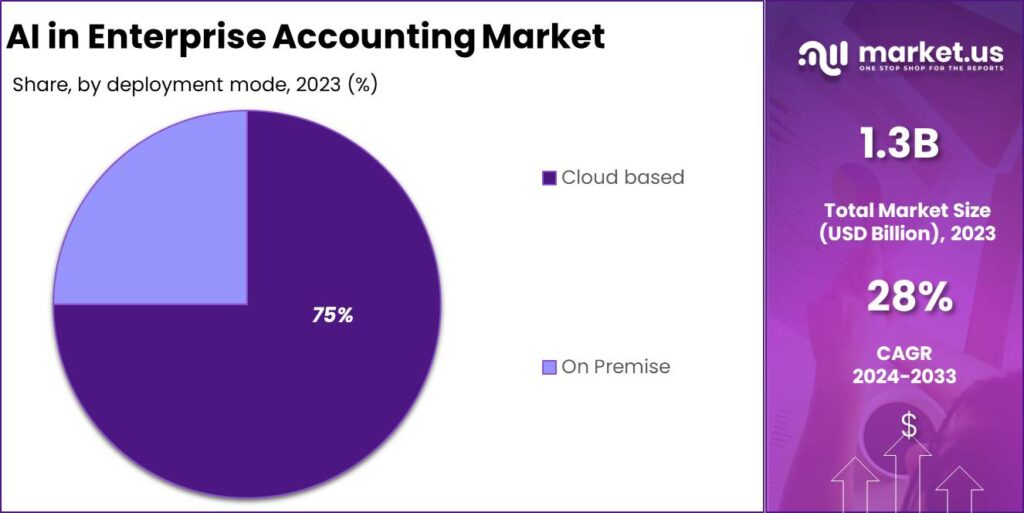8 ways CFOs can successfully onboard new employees

This story was originally published on CFO.com. To receive daily news and insights, subscribe to our free daily CFO.com newsletter.
The CFO’s team is invaluable to their organization’s success, from performing basic closing, reporting and cash management to enhancing the quality of decision-making via insightful analyses, to outright leading strategic planning, business transformation and other critical initiatives. But to be effective, especially at a smaller company with a small staff, the CFO’s team must consist of highly qualified, engaged professionals with limited turnover.
According to an IMA survey, though, 26% of accounting and finance professionals in the 18-to-38-year-old age cohort were likely to leave their current employer in the next 12 months. Thus, hiring new team members and successfully onboarding them is a business imperative.
A hiring loss and a win
When I became CFO at a smaller, private company, we had a seasoned accounting clerk handling accounts payable, accounts receivable and other tasks. She performed her role well, but during COVID, she decided to retire. We immediately initiated a search to backfill her position, but few candidates came forward.
Ultimately, we hired a new accounting clerk who (purportedly) had extensive collections experience as well as the other skills needed. Before her first day, the corporate controller and I developed an onboarding plan, including 30, 60 and 90-day goals. But personal tragedy seemed to strike multiple times over the next six months, impacting the new accounting clerk’s ability to perform her initially assigned tasks, let alone take on additional responsibilities as expected.
Eventually, we scheduled a time with her to essentially restart her onboarding from scratch. Seeing no change in performance, the controller and our HR manager met with her to formally initiate a performance improvement plan. She quit on the spot. When the HR manager followed her to her office to request a written resignation letter, she opened her desk drawer and pulled out an undated resignation letter that had been there all along. Clearly, our onboarding of this new accounting clerk was a total failure and, considering our small team, one that negatively impacted the entire company.
There is a silver lining. We upgraded the position to general accountant and ultimately hired an eager, highly qualified young professional who surpassed all expectations as defined in his onboarding plan. Indeed, he now performs all the original accounting clerk’s responsibilities with significant capacity to spare, allowing him to support his cross-functional partners in new and meaningful ways.
Story continuesBenefits of effective onboarding
When new employees are onboarded effectively, they can quickly familiarize themselves with the company’s culture, policies and procedures, as well as their responsibilities. They are more likely to build solid relationships with their immediate team and cross-functional partners. By feeling welcome and engaged, they will experience a higher degree of job satisfaction.
And from the employer’s perspective, in addition to having happy new employees, effective onboarding ensures the overall team achieves its full potential despite the inevitable turnover that will occur. Specifically, there will be a stronger team dynamic, enhanced productivity, increased overall team satisfaction and, as a result, reduced attrition.
8 onboarding best practices
1. Onboarding checklist. There is nothing worse than your new hire arriving for their first day and finding no one is there to greet them, their workspace isn’t ready yet, their computer hasn’t been set up or there is no computer at all. To avoid such embarrassment, leverage an onboarding checklist to ensure everything is ready, including preparation of any paperwork or documents that will be needed for the HR team, payroll or otherwise, before the new hire’s start date.
2. Welcoming environment. Ensure your new hire feels welcome from the start. Be there early to greet them upon arrival. Share highlights of the company’s mission, values and culture. Give them a tour of the office or facility. Provide an organization chart and contact list. Introduce them to their team as well as key business partners and other stakeholders. And give them a welcome package including a few branded tchotchkes and/or let them choose something more substantial from the company catalogue.
3. First day necessities. Unfortunately, every new hire’s onboarding will entail some less exciting activities, such as completing payroll, benefits and other paperwork, working with the IT team to finalize computer setup, participating in safety training, and the like. That said, through preparation and automation, make these necessities as painless as possible.
4. Clear expectations. Building on interview discussions, walk through your new employee’s job description in detail, clarifying, prioritizing and discussing performance expectations for each responsibility. Then establish clear goals and expectations for the first 30, 60 and 90 days. In addition to goals related to learning specific responsibilities, also consider establishing goals related to building relationships with their team and key cross-functional partners, as well as goals related to learning about your business and industry (i.e., building general business acumen).
5. Onboarding buddy. Joining a new company, especially if relocating from out of town, can be daunting. An onboarding buddy can be a great resource, providing the new employee guidance, support and insider knowledge about the company, helping them navigate their role and even providing tips on their new “home” such as great restaurants and things to do.
6. Regular feedback sessions. Although regular feedback is important ongoing, it is especially critical over the first few weeks and months. Periodically revisit their 90-day plan to clarify questions and ensure progress, provide constructive feedback and recognize their efforts and achievements.
7. Revised job profile. Once your new employee completes their initial onboarding plan and starts performing most of their responsibilities, collaboratively review their original job description and revise it as deemed appropriate. The 90-day anniversary is also a good time for the employee to begin drafting a personal development plan, identifying relevant training and on-the-job experiences to become more effective in their current role and develop themselves for future roles.
8. Continuous improvement. In the spirit of continuous improvement, review your onboarding plan, identifying what is working well and what is not and revise it accordingly.
Recommended Reading
-
Accounting has a Gen Z problem. It’s time for new talent strategies













